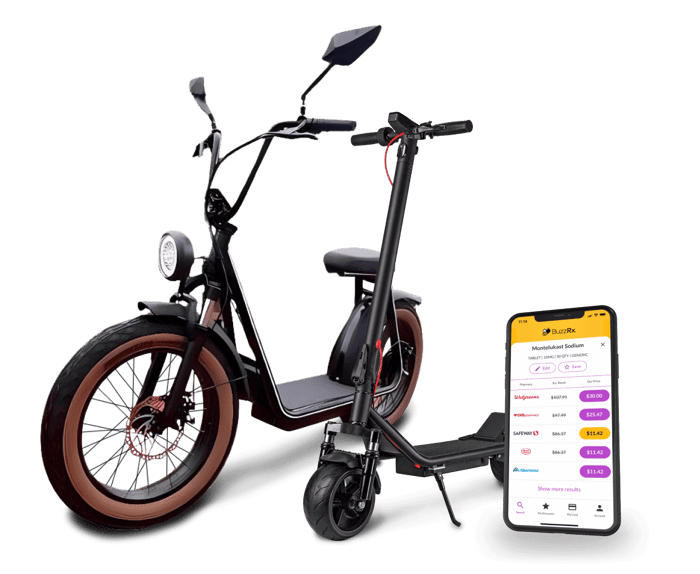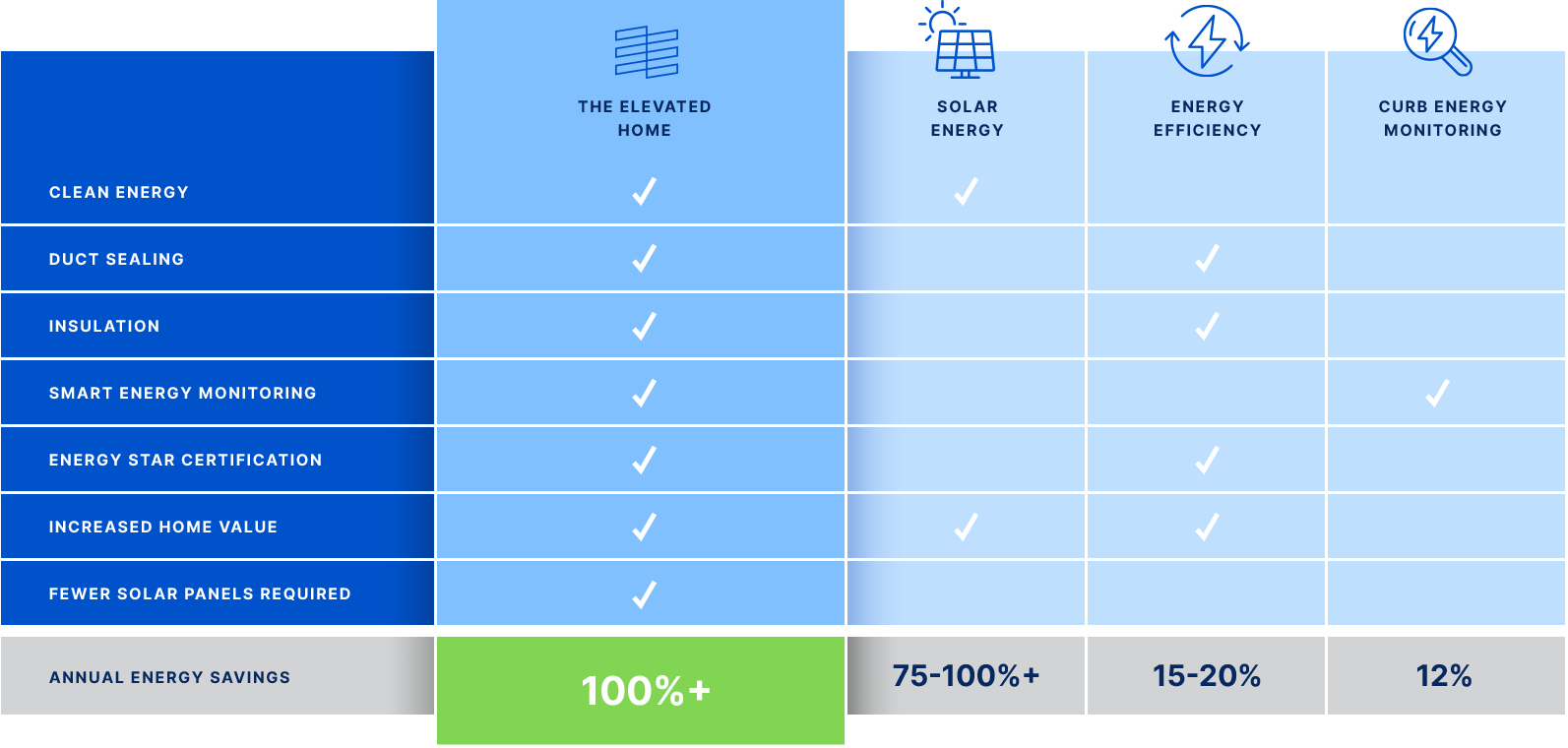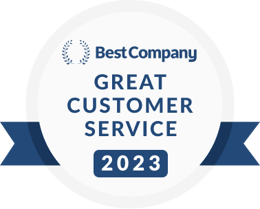Solarize at Work offers guidance through sustainability opportunities, reducing employee carbon footprint and personal expenses. Opportunities include going solar, how to purchase an electric bicycle, programmable thermostats, and reducing energy consumption. Through this program, sustainability is introduced into the home through the workplace.
Here's what to expect

CREDIBLE INFORMATION

A GOOD DEAL
Discover ways to make a home more efficient and bring sustainability into our associates' everyday lives.

SOLUTIONS
A “one-stop shop” for solar that brings together a vetted and approved local solar installer, favorable pricing, and hands-on guidance.
There are plenty of ways to be a part of the sustainability solution and take advantage of the Solarize at Work Program. ShopSaveGreen is a resource that provides additional solutions for any budget. Running short errands in Neighborhood Electric Vehicles (NEVs) like scooters and mopeds instead of driving a car can save you hundreds of dollars a year because you won’t need to fill up your gas tank as often. Not to mention you’ll have more fun and never sit in traffic riding a NEV. Check out ShopSaveGreen to learn more!

Learning Hub
The Learning Hub is designed to help our associates better understand the nuances of sustainability and clean energy solutions. This hub cuts through the noise and provides real answers about how our associates can be part of the climate solution.
GET STARTED
Solar panels work by converting sunlight into electricity. When sunlight hits a solar panel, the panel absorbs the light and releases electrons, generating a flow of electricity. This electricity can then be used to power your home or can be stored in a battery for later use.
To use solar energy in your home, you will need to have solar panels installed on your roof or another suitable location on your property. The panels will be connected to an inverter, which converts the electricity from the panels from direct current (DC) to alternating current (AC), which is the type of electricity that is used in your home. The inverter is like the electrical box that is often attached to a home and connected to the utility wires. The AC electricity is then sent to your home's electrical panel, where it can be used to power your lights and appliances.
Paying for residential solar installations is very much like paying for a car. There are a variety of financing options available, depending on your financial situation and preferences.
The approved solar installer for the Solarize at Work Program will also be well-versed in all the ways you can acquire your system. Among them:
- Outright Purchase: You can buy the solar system upfront using your own money. This option provides the most long-term savings since you own the system and benefit from all the energy savings and potential tax incentives.
- Solar Loans: Many financial institutions – and private companies -- offer loans specifically for solar installations. With a solar loan, you can finance the cost of the system over a period of time. While you'll have monthly loan payments, you'll still benefit from the energy savings. Much like when you get a car through your car dealership, the approved solar installer for Solarize at Work will have a similar relationship with a solar lender.
- Solar Leases: In a solar lease arrangement, a third-party company owns and maintains the solar panels on your property. You pay them a fixed monthly amount for the electricity generated by the panels. This can be a good option if you don't want to deal with the upfront costs and maintenance, but keep in mind that you won't own the system.
- Power Purchase Agreements (PPAs): PPAs are similar to leases but instead of paying a fixed monthly amount, you pay for the actual electricity generated at a predetermined rate. This can lead to lower electricity bills, but you won't own the system.
- Home Equity Loans or Lines of Credit: If you have equity in your home, you might consider using a home equity loan or line of credit to finance your solar installation. These options can offer lower interest rates compared to other loans.
- Property Assessed Clean Energy (PACE) Financing: PACE programs allow homeowners to finance energy-efficient home improvements, including solar installations, through an assessment on their property taxes. Repayments are made as part of your property tax bill.
- Credit Cards: While not the most common option due to higher interest rates, using a credit card to pay for solar could be viable if you have a card with a low interest rate or a promotional 0% APR period. Be cautious about potential interest charges.
- Community Solar Programs: If installing solar panels on your property isn't feasible, you might consider joining a community solar program. In these programs, a solar array is set up in a centralized location, and participants receive credits on their electricity bills for the energy generated by their share of the array.
When choosing a payment option, consider factors such as your budget, long-term goals, available incentives, and whether you want to own the system outright. It's also important to do your own research and compare the terms, interest rates, and potential savings associated with each option before making a decision. Finally, our Solarize at Work Solar Coaches are well versed in all finance options and can provide clarity and answers.
The relationship between utilities and solar energy is continually evolving as renewable energy technologies advance and the global focus on sustainability and climate change intensifies. As the solar industry continues to grow, utilities are likely to play an increasingly significant role in the integration of solar power into the mainstream energy grid.
Chances are that your utility company is already incorporating solar power into their energy mix by building or partnering with solar farms or purchasing solar-generated electricity from independent solar power producers. This helps utilities diversify their energy sources and reduce their reliance on fossil fuels, contributing to a more sustainable and environmentally friendly energy grid.
Also, many homeowners such as you are installing solar panels on their properties to generate electricity locally. In some cases, electricity produced by these systems can be fed back into the grid through a process known as “net metering”. In such cases, utilities act as "net metering" providers, compensating solar owners for the surplus energy they contribute to the grid. And more exciting, is the increasing addition of Solar Batteries that residential homeowners can buy. Storing solar power into a battery means you can use that energy at night, or, in some cases, local utility companies may be interested in buying that power from you.
In all cases however, when you put solar on your home, you will still be connected to your utility company – so you’ll always have power!
With the Solarize at Work Program, we have removed the challenging and confusing issue of choosing a solar installer. After all, we know too well that a homeowner could interview 10 different solar installers and get ten different prices – for your one roof. This doesn’t mean the installers are trying to pull one over on you necessarily. It just means each may be using different equipment, pay their employees different rates, etc.
The Solarize at Work Program want competition in the marketplace. That why prior to launching the program, we have sent out a Request for Proposals (RFP) to local solar installers. We ask them for their qualifications, their years in service and, of course, their pricing. Working with a “Green Team” we then select one installer who will serve as the “approved” solar installer for this program.
Keep in mind, you can always connect with any solar installer you wish. After all, the approved solar installer doesn’t have an “exclusive”. But with the approved installer, you will be guaranteed the same pricing as your colleagues will get and a solar installer who is “all in” with Solarize at work!
That’s a great question to bring up with the approved solar installer.
Increasingly, battery storage is available for solar homeowners. And over time, battery storage will become an invaluable part of your solar installation. With battery storage, you literally will have solar power at night – and during storms or other interruptions in the electrical grid.
In some states there are incentives for purchasing solar batteries which make them much more affordable. So, make sure to raise the question with our approved solar installer.
The Solarize at Work Approved Solar Installer will be your point of contact through the lifetime of your solar installation. Most solar panels have warranties of 20 years – so if you have any problems, you most likely will be covered under the warranty.
SmartPower Podcast
Episode 1
Join hosts Heather Lamm & Brian Keane as they delve into the basics of solar. What actually happens on your roof, what equipment is involved and how does it impact your electricity bill?
Episode 2
A continuation of our Solar Basics series. In this episode we cover helpful tips in looking for an installer, what to expect during and after the install and what a comprehensive quote should include.
Media
Elevation Solar

 |
 |
 |
Ready to start?
Sign up for a personal consultation with SmartPower to learn about clean energy solutions, including Solar, that might be right for you.
Simply complete the form to your right and we'll reach out to find a time that works for you - via Zoom, phone, text or carrier.
SmartPower is in the business of education and information so you won't hear a sales pitch when you connect with us. Rather, its a time to ask questions, get answers and learn about clean energy solutions that make sense for you.
The required legal stuff: By submitting my information, I agree by electronic signature to receive calls and/or texts from SmartPower and their affiliates at the number I entered below, even if I am on a “Do not call” list. Msg & data rates may apply.



